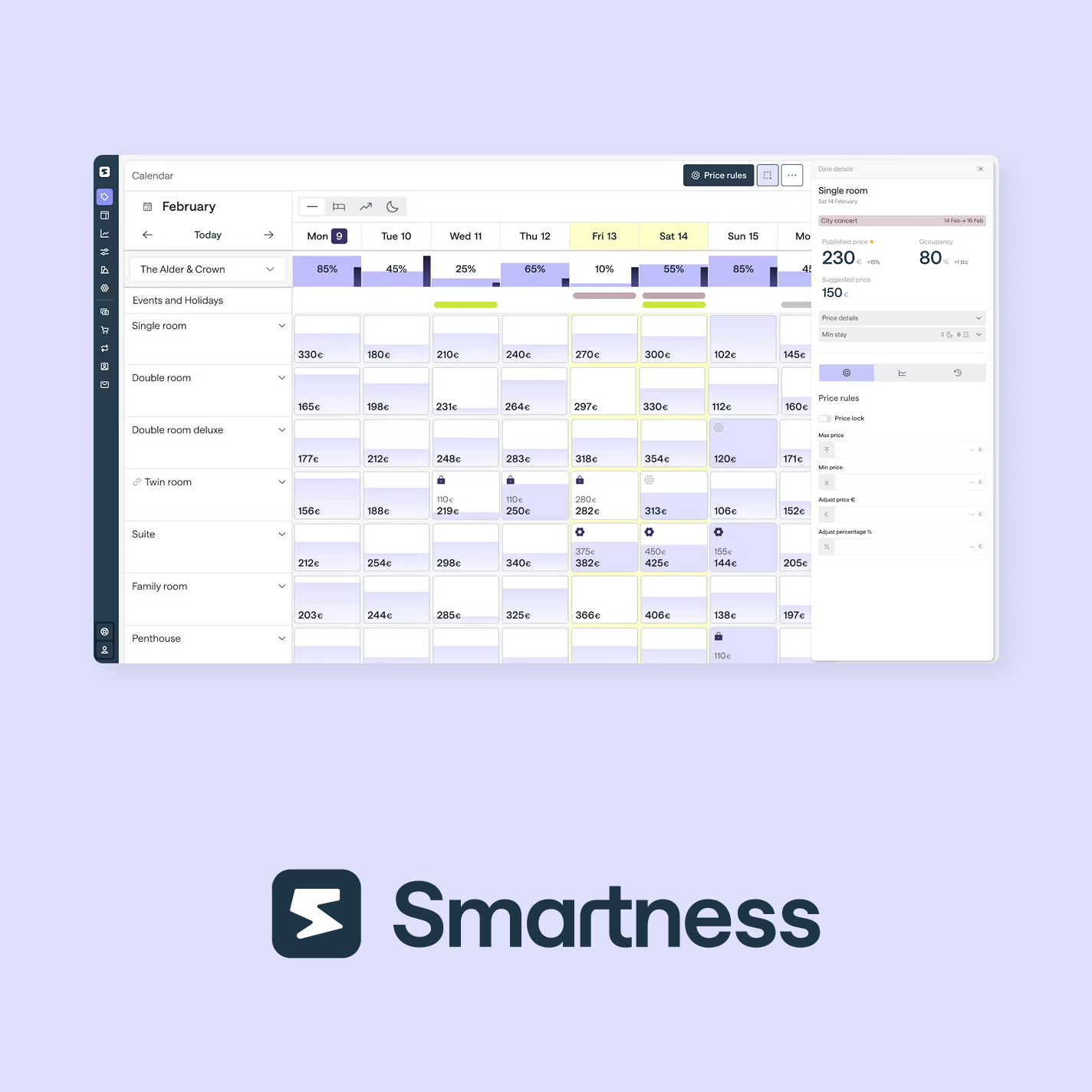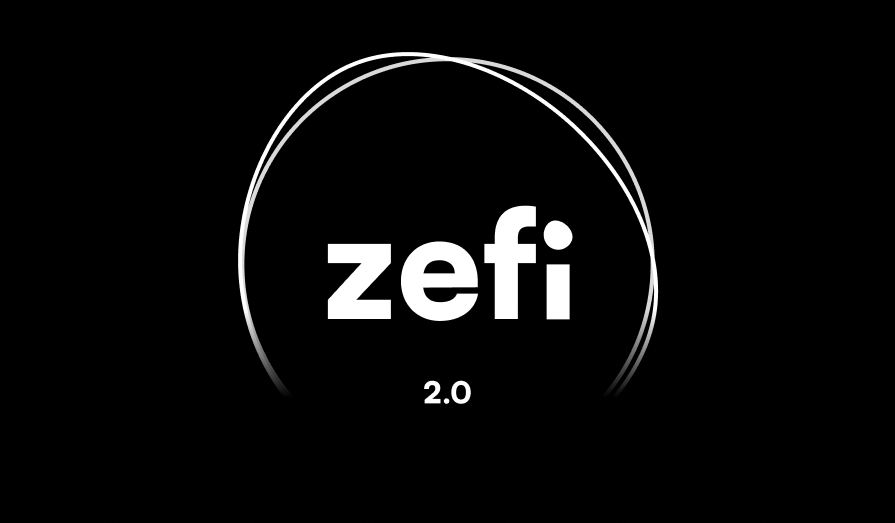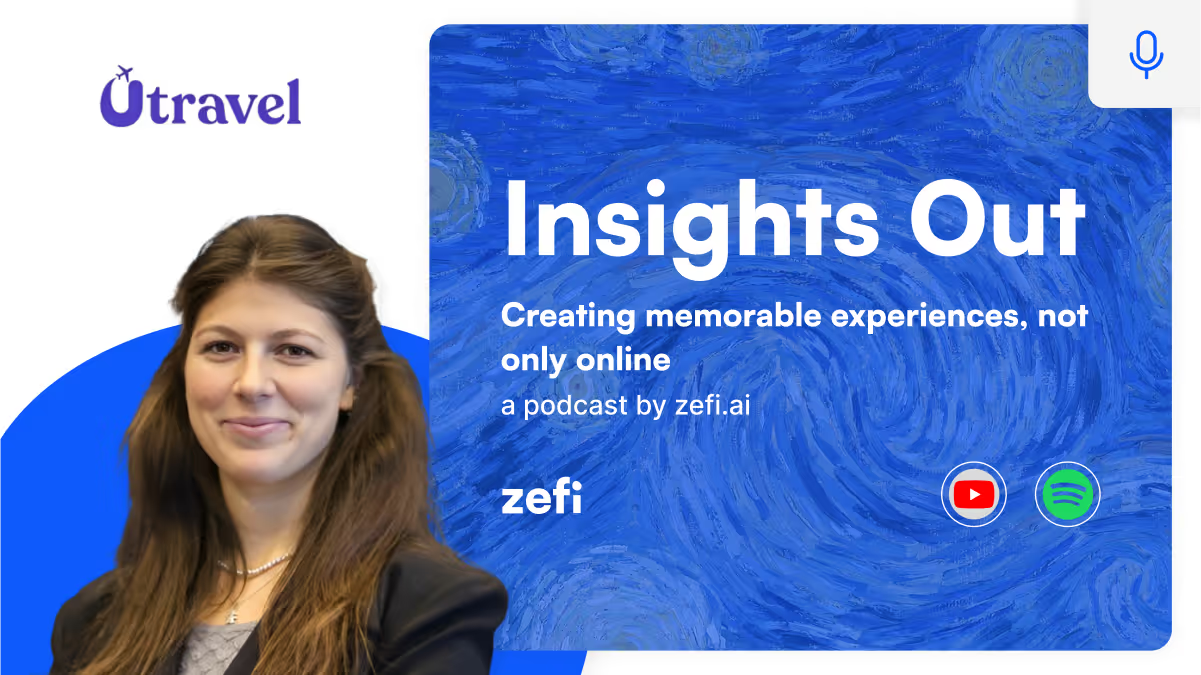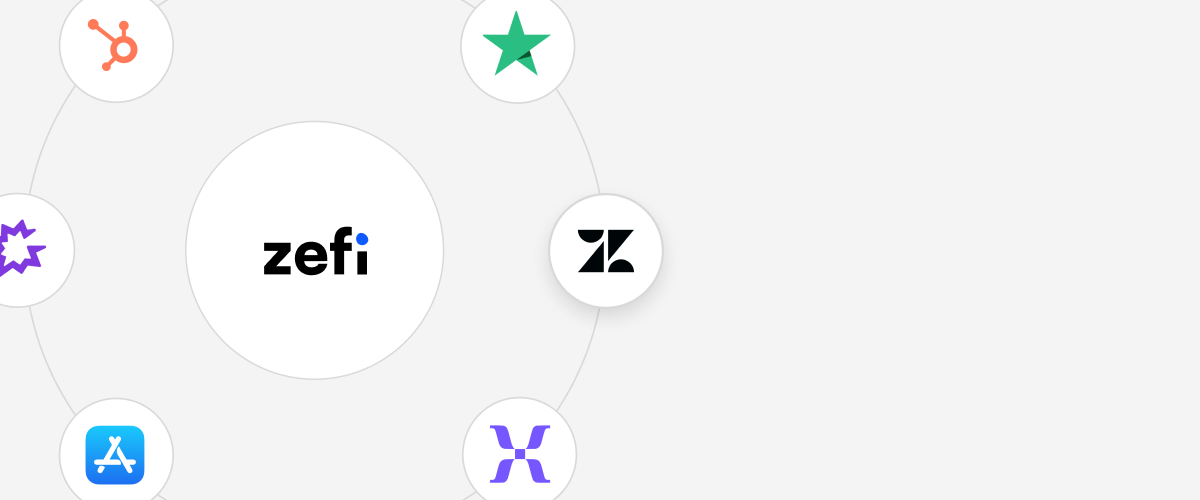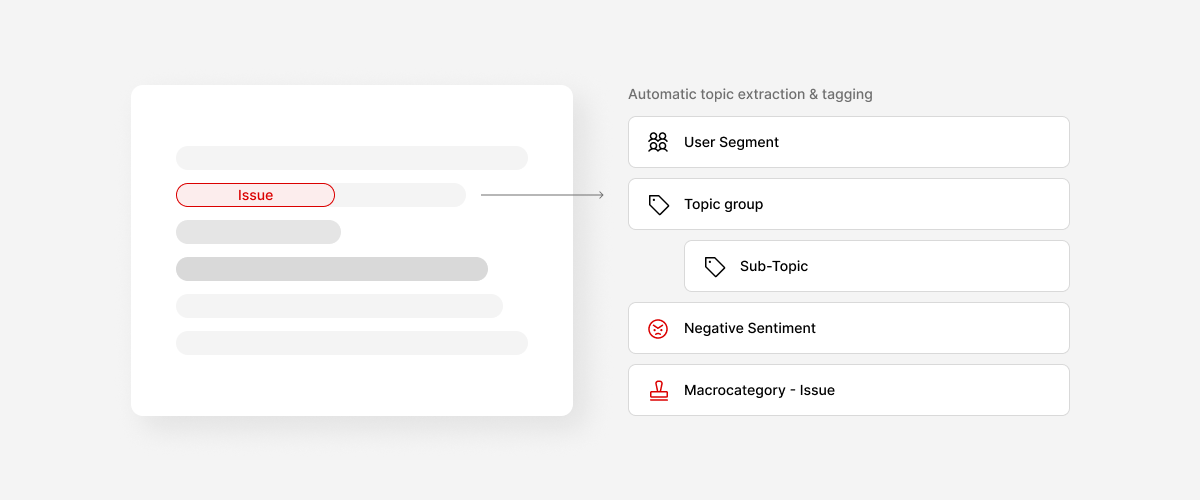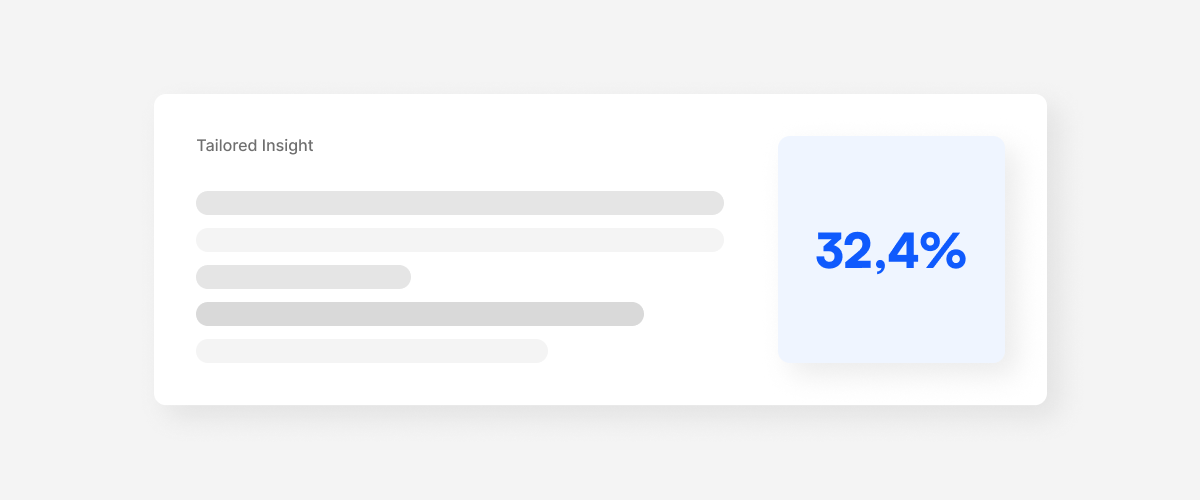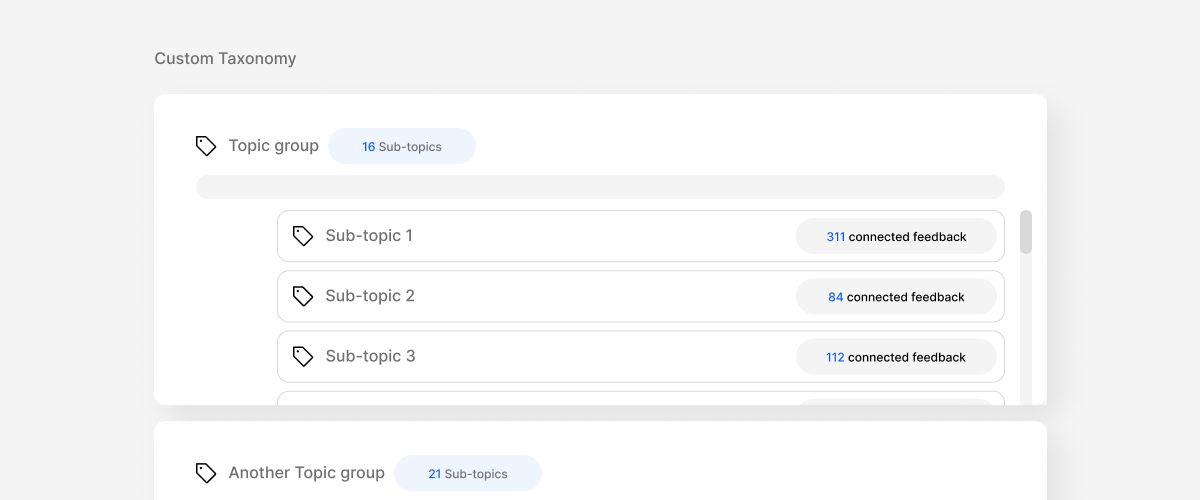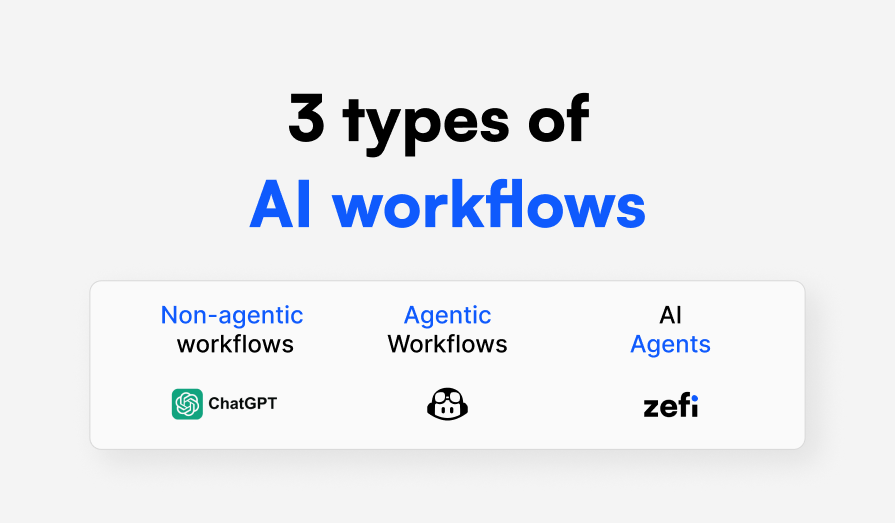You’re likely working in customer experience (CX), tasked with gathering and tracking feedback, consolidating data, analyzing results, reporting insights, and coordinating actions to improve customer satisfaction. You may already have workflows for these tasks—or maybe you don't. Either way, it’s a complex undertaking that benefits tremendously from well‑suited tools and technology.
In this article, we’ve distilled actionable knowledge from various posts into a comprehensive overview of designing and running a Voice of Customer (VOC) initiative. As a company focused on CX strategy, we understand how the components interlock. This post is written in a conversational tone rather than an overly SEO‑optimized format—so keep reading if you like that style!
First, some key definitions
Before diving in, it’s helpful to clarify some essential terms:
- Customer experience (CX): How customers perceive their interactions with a brand—online, over the phone, or in person.
- Customer feedback loop: The set of steps—feedback collection, analysis, insight generation, and follow‑up action—that together “close the loop” with your customers.
- Voice of Customer (VOC): The customer’s expressed opinions about your organization, gathered from survey responses, reviews, support interactions, social media, and more.
- VOC program: How your business processes and acts on that feedback—often using specialized VOC tools to complete the loop.
1. Why a VOC program matters
Research shows that organizations that properly invest in VOC initiatives achieve notable returns:
- Higher customer retention and employee engagement
- Lower support costs
- Year‑over‑year revenue growth up to ten times greater than peers
In the post‑2020 digital era, CX has become a brand’s key competitive advantage. A robust VOC program provides data-driven decision-making that keeps you agile. More importantly, listening to customers demonstrates respect: people who leave comments or reviews want to be heard—ignoring that is a breach of trust. Since trust is crucial—reports indicate over 80 % of consumers won’t purchase from a brand they don’t trust—it’s vital to capture and act on their input.
Of course, implementing VOC at scale isn’t trivial. Large companies may struggle to unify feedback across omnichannel sources and translate that into clear insights and action. That’s where streamlined processes and technology become essential.
2. Feedback collection: what to consider
The foundation of any effective VOC program is high-quality feedback and orderly handling. A consistent approach ensures data is comparable and usable over time. But feedback often comes from multiple touchpoints—customer surveys, reviews, support tickets, chats, social media, or call center transcripts.
Enabling open channels—even when feedback is negative—demonstrates trust and gives you the chance to respond and preserve goodwill. Most dissatisfied customers only want acknowledgment; in fact, up to 70% will remain customers if issues are resolved, and 96% if resolved promptly.
The focus must be on actionable feedback: negative input shouldn’t just be collected—it should be addressed. For example:
- Reacting to low satisfaction scores by following up with detractors
- Using conversation logs to identify frequently asked questions and automate responses
- Reviewing social or review comments to detect emerging trouble spots or recurring praise
- Analyzing sentiment associated with specific support agents and using that insight for targeted training
3. Setting up channels for success
Each feedback channel requires a tailored approach:
- Designed surveys: You have control over questions—so move beyond closed-ended rating scales to open-ended prompts like “How did your experience feel?” to collect richer insights.
- Public reviews and social media: These are unsolicited and unguided—yet often reveal what your customers care most about. Listening here lets you "discover what you didn’t know."
- Chats and contact center interactions: These reflect experiences with individual agents or systems, offering feedback on both brand and human performance. Measuring sentiment helps improve training and responsiveness.
Ultimately, VOC isn't just about capturing voices—it’s about uncovering root causes and turning feedback into tangible improvements in product design, support quality, and overall experience.
4. Driving action with text analytics
Amassing feedback is only half the battle; interpreting it at scale is equally critical. Text analytics—powered by AI—is central to efficient VOC processing. It enables:
- Topic discovery and sentiment analysis
- Trend identification over time
- Linking feedback themes to satisfaction metrics like NPS or CSAT
- Generation of actionable recommendations for improvement
- Quantification of qualitative feedback into measurable VOC statistics
AI-driven tools reduce human bias, surface hidden issues, and accelerate insight generation. They make it possible to “learn what you didn’t know,” ensuring you focus resources where they have the most impact.
5. Reporting and closing the loop
Insights are worthless unless they reach decision‑makers and lead to change. It’s a sobering fact: although around 95 % of companies collect feedback, only about 10 % apply it to product improvements—and just 5 % follow up directly with customers.
Effective VOC platforms combine analytics engines with reporting tools, enabling:
- Automatic categorization and routing of complaints or suggestions to relevant teams
- Clear dashboards to visualize emerging themes or satisfaction trends
- Scheduled summaries to share with leadership and frontline staff
This kind of structured reporting ensures feedback leads to action—and helps ensure stakeholder accountability.
6. Winning executive buy‑in
If you’re building a VOC initiative from scratch, this section is crucial. Leaders care about ROI. To get buy‑in, show how a program can deliver:
- Improved customer retention and loyalty
- Higher satisfaction metrics (e.g. NPS, CSAT)
- Stronger brand reputation and increased revenue
- Impact on upsells, repeat purchases, and advocacy
It’s also important to address organizational concerns like adoption, change management, scalability, and system integration. Present relevant benchmarks or industry case studies to make your case. Once launched, measure performance over time to reinforce executive support and build momentum for future iterations.
Why Zefi
Our VOC framework combines advanced AI text‑analytics with streamlined feedback ingestion, reporting, and actionable recommendations. With customizable dashboards and automated summary exports, Zefi empowers CX, product, marketing, and operations teams to deeply understand and act on customer voice.
We help close the feedback loop—from collection, to insight, to measurable improvement.









